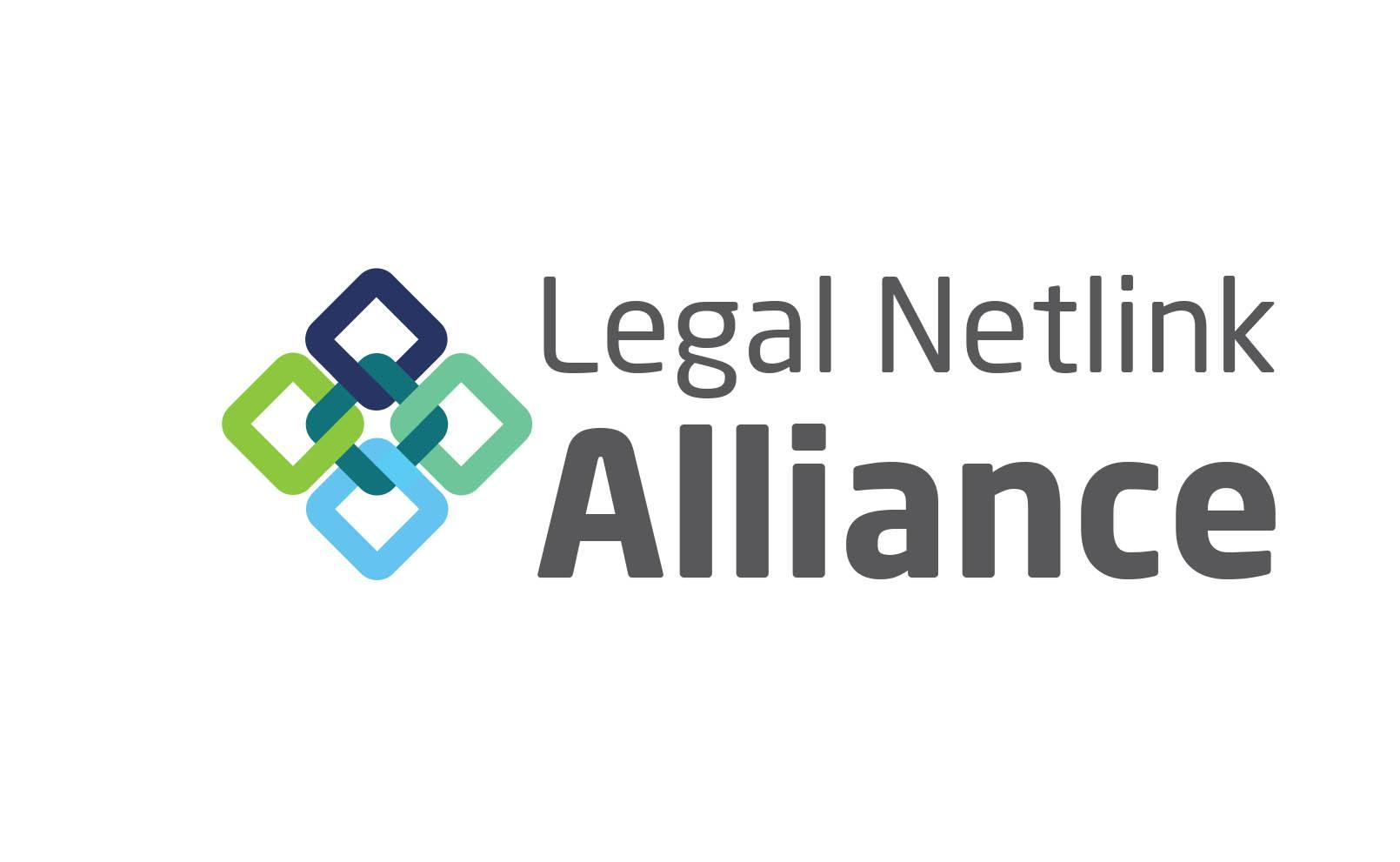On May 6, 2015, the NFL suspended Tom Brady for four games and assessed a fine of $1,000,000 and penalty of lost draft picks against the New England Patriots. Brady allegedly under-inflated game footballs used by New England during its game with the Indianapolis Colts during the AFC Championship game in January. These actions were taken in response to a report that was conducted by an independent sports law firm, retained by the NFL to investigate the allegations of the under-inflation, also known as “deflategate.” According to this report, the investigators determined that it was “more probable than not” that Tom Brady was aware that the footballs were underinflated. Former NFL executive – and ESPN analyst – Bill Polian is familiar with the league’s crime-and-punishment procedures after spending 19 years on the league’s competition committee. Polian said the term, “more probable than not” has been the standard of proof the NFL has used for competitive violations in the past six years. Polian added, “In short, he is finding there was a violation.” 
Photo credit: Jayel Aheram / Foter / CC BY
This standard of proof – preponderance of the evidence or balance of probabilities, is the standard required in most civil cases, and in family court determinations solely involving money, such as child support under the Child Support Standards Act. The standard is met if the proposition is more likely to be true than not true. Effectively, the standard is satisfied if there is greater than 50 percent chance that the proposition is true. Lord Denning, in Miller v. Minister of Pensions, many years ago, described it simply as “more probable than not.” Preponderance of the evidence is also the standard of proof used for immunity from prosecution under Florida’s controversial stand-your-ground law. The defense must present their evidence in a pretrial hearing, show that the statutory prerequisites have been met and then request that the court grant a motion for declaration of immunity. The judge must then decide, based on the preponderance of the evidence, whether to grant immunity. This is a far lower burden than “beyond a reasonable doubt,” that the threshold prosecutors must meet at any proceeding criminal trial.

